Return to the Opera
Mar 13, 2025


"Return to the Catacombs" plays as a piggyback and fresh take on the famous 'Phantom of the Opera" theatrical play. As the phantom revisits his roots, he regains memories of his time within the Opera House and his Catacombs-esque lair deep underground. This scene has been optimized for LED Volume usage as some shots had been utilizing SCAD's LED Volume in Savannah.
The shots specifically dealing with the Catacombs were solely designed by myself in collaboration with our director and lead visionary. I also was lead on editing our shots together, as well as live-action integration and color grading between scenes.
While creating this scene in Unreal Engine, I had learned quite a bit dealing with scene creation, optimization, and lighting techniques within the engine. Some of my key takeaways from this were, tricking the camera to produce a world with little asset variation, including both warm shadows and cool highlights, and utilizing an open concept environment with a distinct foreground, middle ground, and background.
Although I managed to create a visually interesting scene, one of my biggest challenges was the level sequence and camera movement. While the director's storyboard had laid out shots that floated through the scene, the final integration of this camera path did not fit the rest of the film. With that in mind, there was many retakes and camera changes for the final shot movements.
I've also included a short shot breakdown below to get a different look into the creation process.



"Return to the Catacombs" plays as a piggyback and fresh take on the famous 'Phantom of the Opera" theatrical play. As the phantom revisits his roots, he regains memories of his time within the Opera House and his Catacombs-esque lair deep underground. This scene has been optimized for LED Volume usage as some shots had been utilizing SCAD's LED Volume in Savannah.
The shots specifically dealing with the Catacombs were solely designed by myself in collaboration with our director and lead visionary. I also was lead on editing our shots together, as well as live-action integration and color grading between scenes.
While creating this scene in Unreal Engine, I had learned quite a bit dealing with scene creation, optimization, and lighting techniques within the engine. Some of my key takeaways from this were, tricking the camera to produce a world with little asset variation, including both warm shadows and cool highlights, and utilizing an open concept environment with a distinct foreground, middle ground, and background.
Although I managed to create a visually interesting scene, one of my biggest challenges was the level sequence and camera movement. While the director's storyboard had laid out shots that floated through the scene, the final integration of this camera path did not fit the rest of the film. With that in mind, there was many retakes and camera changes for the final shot movements.
I've also included a short shot breakdown below to get a different look into the creation process.



"Return to the Catacombs" plays as a piggyback and fresh take on the famous 'Phantom of the Opera" theatrical play. As the phantom revisits his roots, he regains memories of his time within the Opera House and his Catacombs-esque lair deep underground. This scene has been optimized for LED Volume usage as some shots had been utilizing SCAD's LED Volume in Savannah.
The shots specifically dealing with the Catacombs were solely designed by myself in collaboration with our director and lead visionary. I also was lead on editing our shots together, as well as live-action integration and color grading between scenes.
While creating this scene in Unreal Engine, I had learned quite a bit dealing with scene creation, optimization, and lighting techniques within the engine. Some of my key takeaways from this were, tricking the camera to produce a world with little asset variation, including both warm shadows and cool highlights, and utilizing an open concept environment with a distinct foreground, middle ground, and background.
Although I managed to create a visually interesting scene, one of my biggest challenges was the level sequence and camera movement. While the director's storyboard had laid out shots that floated through the scene, the final integration of this camera path did not fit the rest of the film. With that in mind, there was many retakes and camera changes for the final shot movements.
I've also included a short shot breakdown below to get a different look into the creation process.





